Last updated on at 07:37 am
Place du Tertre is the place to be if you’re looking for an interesting, lively scene bursting with energy in Paris.
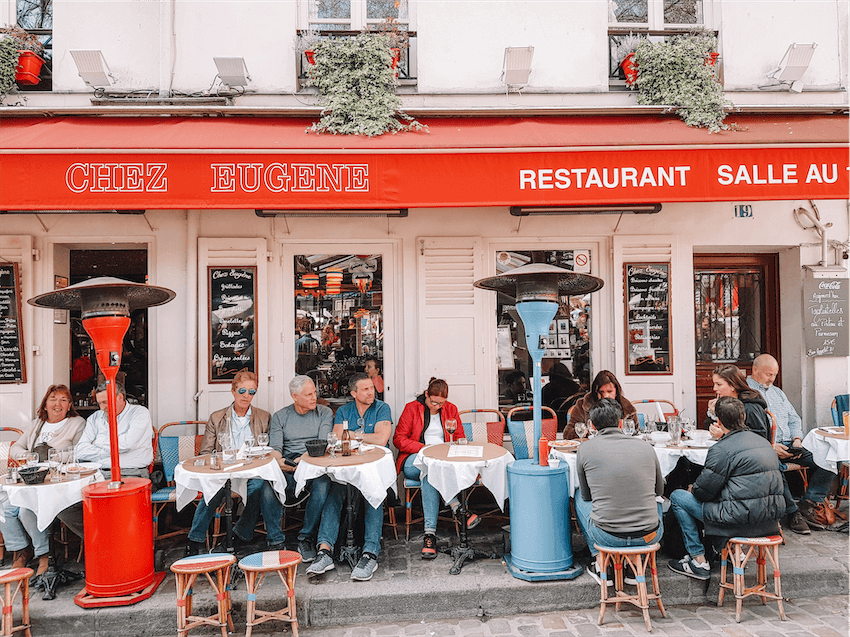
We’re taking a look at this famous Parisian spot that renowned artists Pablo Picasso, Vincent van Gogh, and many others once called home.
What is Place du Tertre
Place du Tertre is the old central village square in Montmartre in the 18th Arrondissement of Paris. It lies just a few meters away from the famous church Basilique du Sacré-Coeur.
What does du Tertre mean?
Tertre means “hillock” or a small hill, and at around 430 feet, this quaint square is Paris’s highest point.
What is the Place du Tertre famous for?
Place du Tertre is famous for its vibrant atmosphere and history as a gathering spot for artists. Nestled in Montmartre, it is also famous for its outdoor cafes, cobblestone streets, and many artists who set up their easels to create and sell their work.
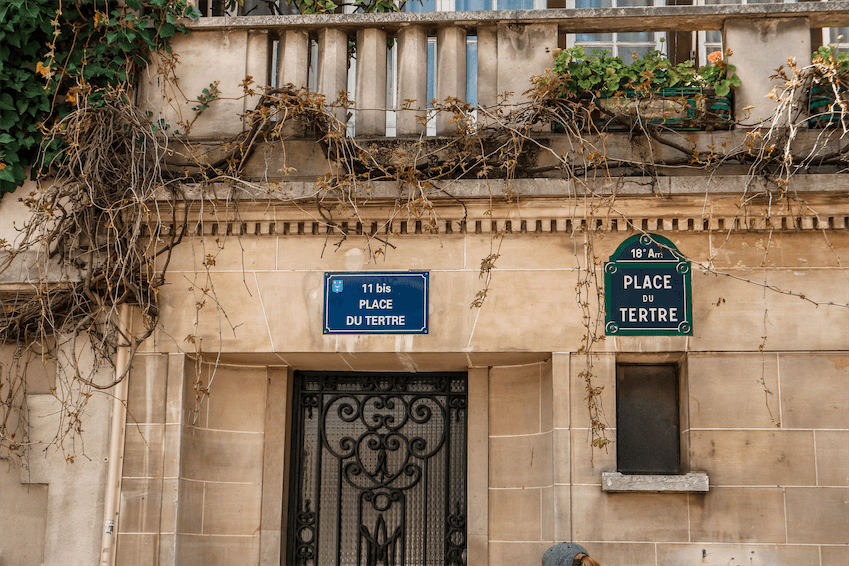
Place du Tertre History
Place du Tertre was opened as a village square in 1635.
Long before that, it was the location of the Montmartre Abbey, a 12th-century (founded 1147) Benedictine monastery founded by King Louis VI on the site of a 5th-century Roman temple to the god Mars.
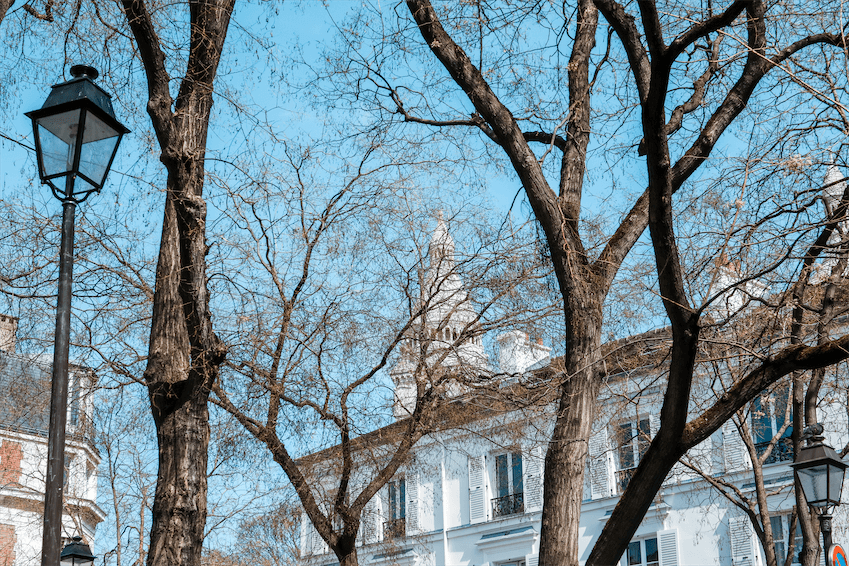
What remains of the abbey today is the Romanesque and early Gothic-styled church of Saint-Pierre de Montmartre, Montmartre’s parish church and one of the oldest in Paris, along with St-Germain-des-Prés. A small cemetery and a vineyard can also be found nearby. The church is also where the Jesuits were founded in 1534 with the leadership of St. Ignatius de Loyola.
At the end of the eighteenth century, Place du Tertre transformed into a Bohemian scene when painters, poets and songwriters flocked to the area and made it their favorite hangout.
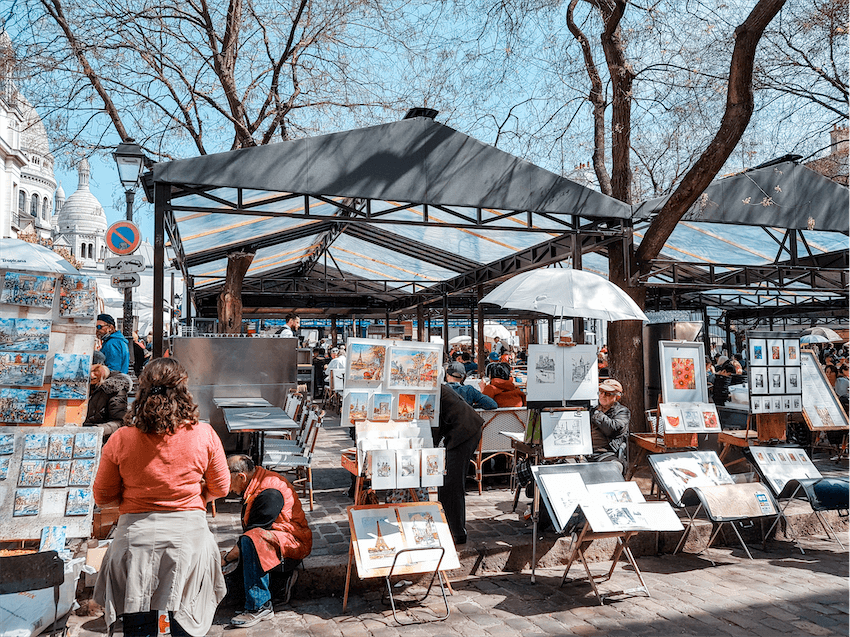
Painters Vincent Van Gogh, Théodore Géricault, Henri de Toulouse-Lautrec and Pablo Picasso lived there in the early 20th century. And so did Pierre-Auguste Renoir and Suzanne Valadon whose home and studio have been transformed into what is today’s The Musée de Montmartre.
Artists started exhibiting paintings in the village square in the 19th century. The Boheme atmosphere lasted well into the early days of the 20th century.
Related Readings
Claim to Fame
Place du Tertre is the scene of two Montmartre mythology: Louis Renault drove his first car to this famous square on the eve of Christmas in 1898, thus heralding the beginning of the French auto industry; and the word bistro was first introduced to the French vocabulary in 1814 by Cossack soldiers in La Mère Catherine (see photo below) at No. 6, which structure dates back to 1793.
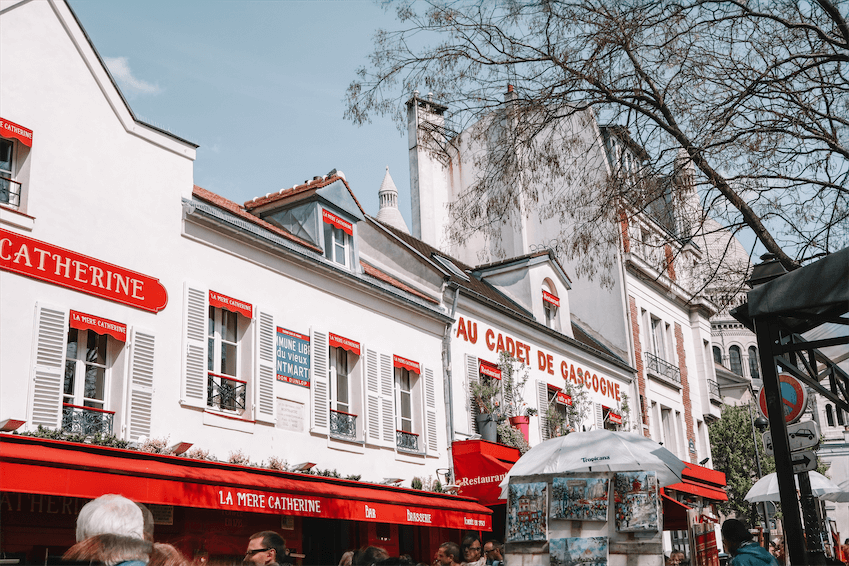
What famous building is in Place du Tertre?
La Mère Catherine at No. 6 is a famous building in Place du Tertre. It is the place where the word bistro was first introduced to the French vocabulary in 1814 by Cossack soldiers. It dates back to 1793.
Place du Tertre Today
Today, Place du Tertre is incorporated into the city proper but remains a bustling spot with crowds of tourists, a good number of buskers, and a throng of street artists hawking their wares and ready to paint anyone interested at the slightest drop of a hint.
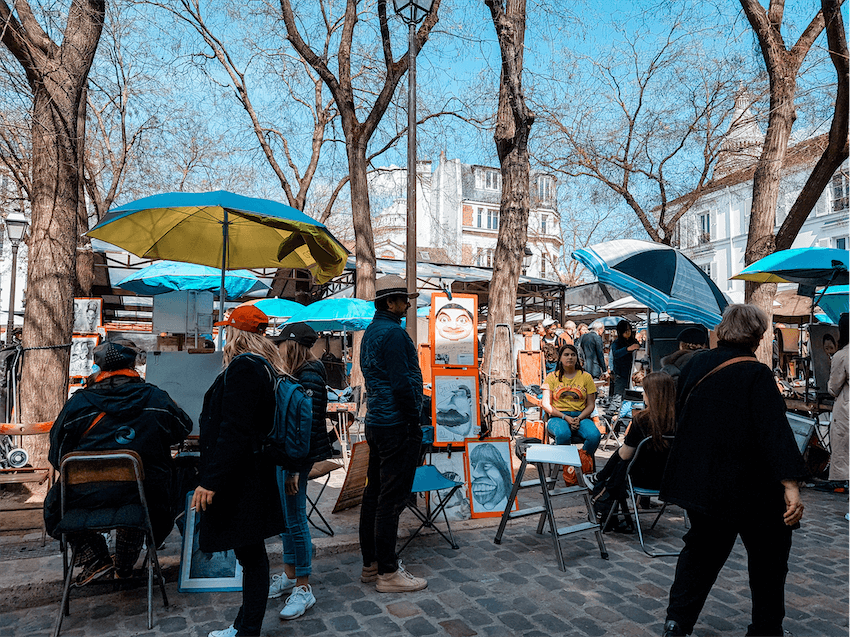
The flurry isn’t an all-around-the-year thing, though. During the off-season–when tourists are barely there, the air is breezy and the streets are bare–you can almost feel yourself transported back to a time when budding masters of the art bursting with creative ideas walked the same paths.
This pseudo heart of Montmartre is flanked on the sides by restaurants, art galleries, and souvenir shops.
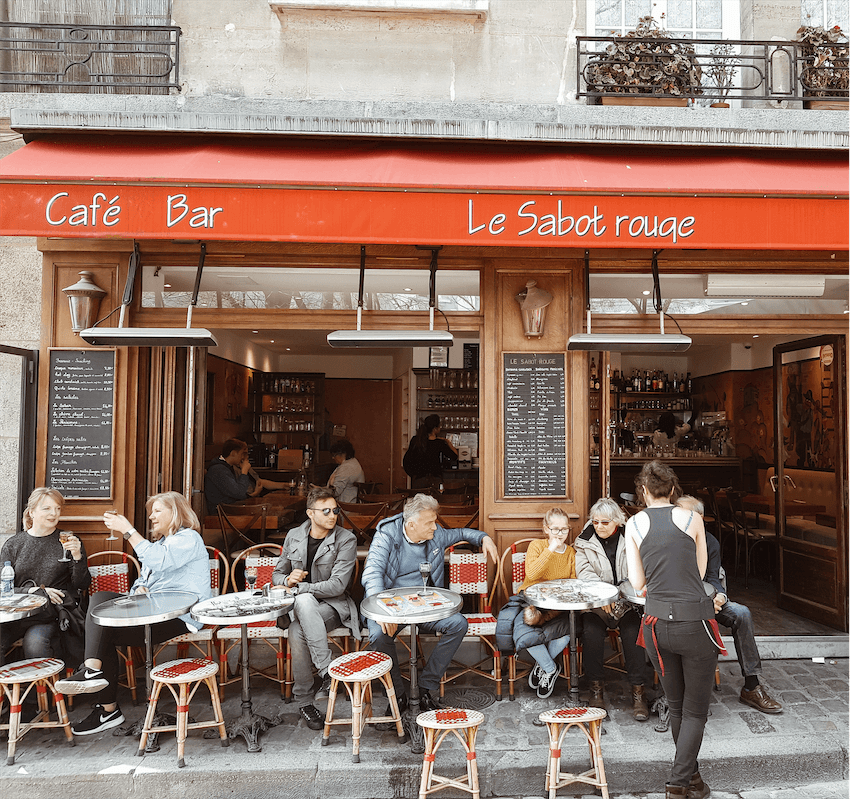
The Old Montmartre information office is at house No. 21, formerly the home of the “Free Commune” founded in 1920 that was tasked to maintain Montmartre’s Bohemian theme.
Visiting Place du Tertre
It was on a Saturday in the middle of spring when we last visited Place du Tertre. Since it was a weekend, it was crowded, and since it was crowded, the hawking of painting and self-portraits was in full swing.
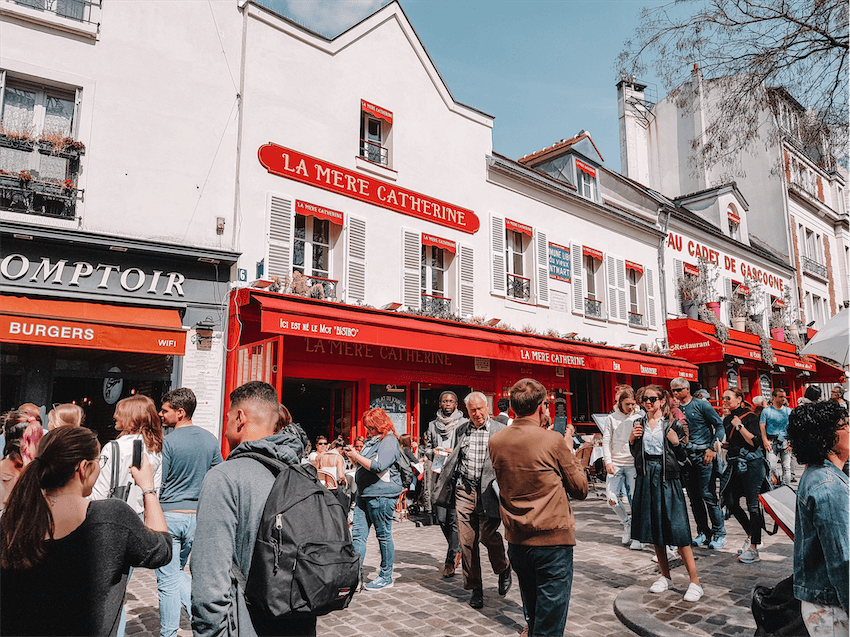
It was pretty difficult navigating our way into the crowd. Also, the restaurants were so busy that we had a hard time finding a table for ourselves. We were on our way to Sacré-Coeur Basilica (The Basilica of the Sacred Heart of Paris), however, so we just looked for a place to eat in one of the less busy streets in Montmartre.
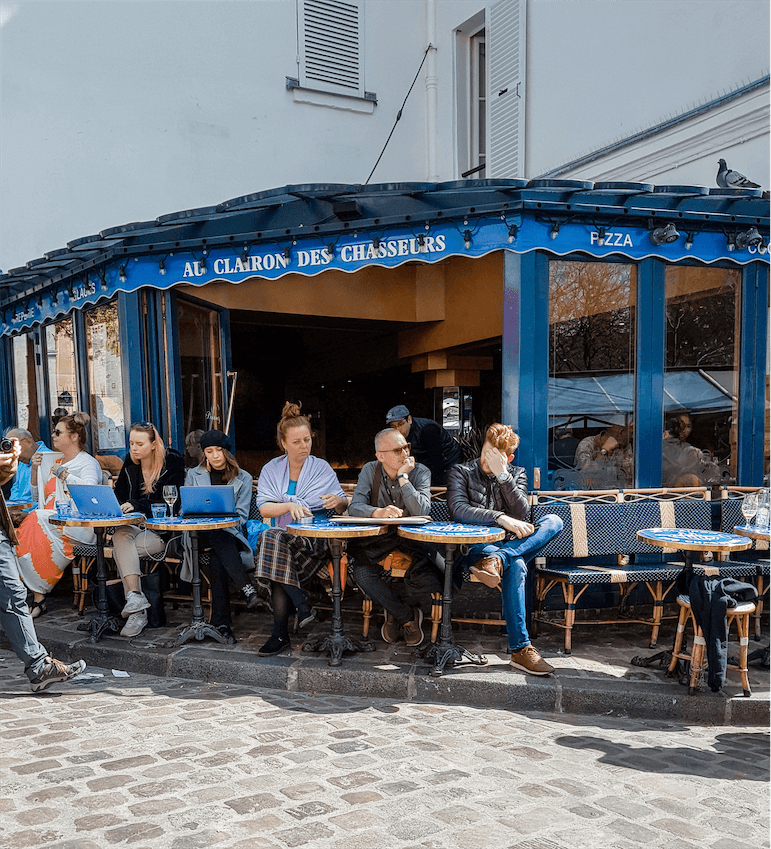
At any rate, we suggest visiting Place du Tertre or Montmartre, for that matter, when there are fewer crowds, like on weekdays or in the off-season when tourists are few.
If that is not possible, then I’m sure you can manage the crowds. They aren’t a big problem, just rather inconvenient and a hassle.
You can still enjoy the square with its abundance of artists selling paintings and offering to do your portrait. Plus, bigger crowds result in a more satisfying people-watching experience (a favorite pastime of the Parisian, I’ve been told). So grab a table outside a café, have a meal or drink, and watch the world pass by.
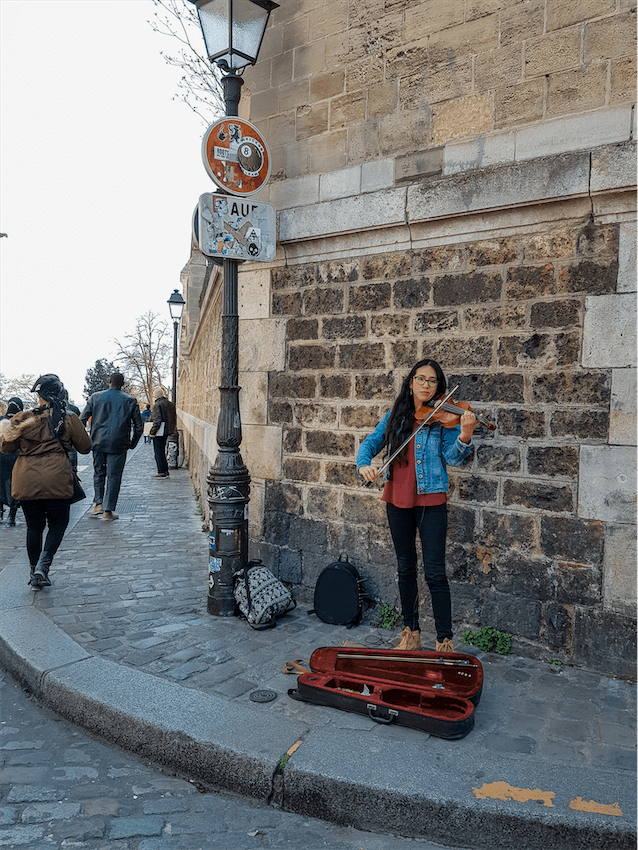
How to Get to Place du Tertre
Most visits to Montmartre start at the Abbesses metro station (Line 12), where you’ll disembark from wherever in Paris you’re coming from. Here’s how to get to Place du Tertre from there.
- After leaving the station, head west along Rue de Abbesses.
- Turn right on Rue Tolozé.
- Turn right on Rue Lepic.
- Turn left onto Rue Girardon to Place Dalida.
- Go down to Rue de l’Abreuvoir.
- Turn left on Rue des Saules.
- Turn left to Rue Cortot.
- Turn right to get to Place du Tertre.
Montmartre Tours
These guided tours make visiting Place du Tertre a most amazing experience. With an expert guide on hand, you can learn more about the history of the place and get more informative details. The tours also take you to other iconic places and interesting spots in Montmartre.
The duration of the tour depends on its kind. Some last for a little more than an hour, others for three hours or more. Check them out to know more.
Where to Stay in Montmartre
These are great and highly-rated places to stay near Montmartre.
- Holiday Inn Paris Montmartre, an IHG Hotel
- Timhotel Montmartre
- Best Western Plus Hotel Littéraire Marcel Aymé
Wrap Up
So that’s Place du Tertre. It’s an interesting and historically rich spot in Paris that everyone should experience. Be sure to visit it and soak in its exuberant vibe when in the city.
You may share this post with others or save it for later. Happy travels!
Follow me on:

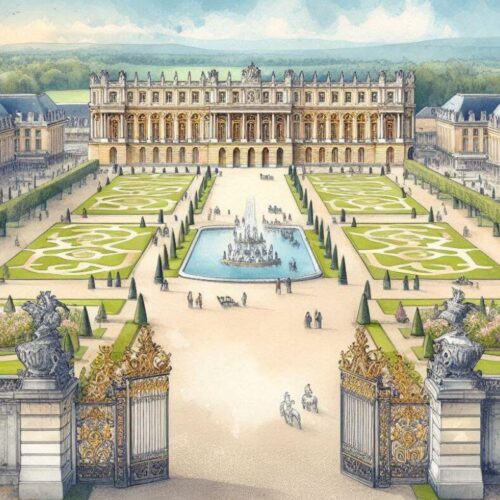
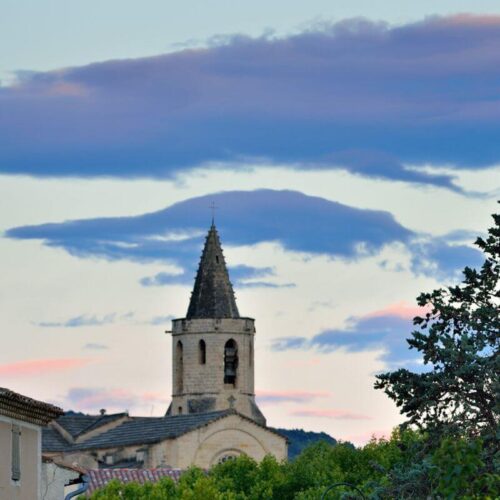

Excellent information. Thanks for sharing. Can’t wait to visit Place du Tertre when in pairs again.
Thank you and you’re welcome! Hope you have a lovely time there.
Looks wonderful!
Thank you!
Looks like a great place to visit.
It is amazing, as is the rest of Montmartre.
Rosie – I wonder if the artists are present, if shops are open, and if crowds are overwhelming on May 1 (Labour Day). I’m planning my first visit to Montmartre, and wonder if I should plan for a Sunday afternoon, or all day on May 1, or full day on May 2nd (a Tuesday).
Hi! I think it’s best to go on May 2 since most businesses or shops are closed on May 1. I hope you’ll have a lovely time in Montmartre!
Great post! Thanks for sharing!
Wonderful, looks like a fun place to visit. Thanks for sharing!